Students Effective Use of Math Skills in Other Academic Disciplines
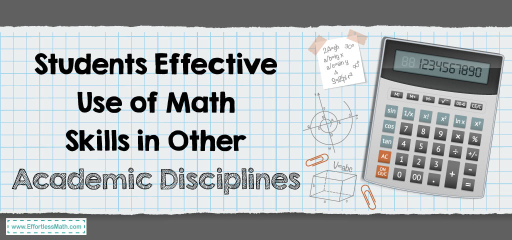
Math is among the basic subjects children study in primary schools. As they grow up, they continue to deepen their skills until they get a university degree. Math teachers admit that their efforts at work become rewarding when they approach teaching creatively. For example, when a teacher shows students connections between math concepts and real-life scenarios, it helps students see how math can connect to other areas.
Students who study math often face issues with papers and large academic writing assignments. For example, one can be very good at math but face complications when trying to complete a thesis paper or a dissertation. There is an effective solution—one can reach out to a trusted paper writing service for assignments.
Our article will explore effective ways of using math skills in other academic disciplines and find connections between math and other areas of study.
The contribution of math skills to other subjects
Many students wonder how much can be connected to other scientists because it is a separate subject. However, it is easy to understand an example of economics. If you realize that math is easily connected to economic sciences, you will find a connection to other sciences such as history, social studies, geography, art, music, and many others.
Economics and math
Economics is tightly bound to math as it includes knowledge about banks, taxes, loans, salary, interest rates, national debt, and many more. Math is used to predict future economic growth. Many students get combined majors in math and economics, as it offers excellent career opportunities. For example, one with such a major can work in the private sector or governmental sector and take a position as a financial analyst, a market analyst, or a risk specialist.
Social studies and math
Math contributes to different areas connected to social studies. For example, when you provide research on sociology, you calculate the responses according to specific formulas, especially when you involve many respondents in the research.
Mathematical sociology uses mathematics to construct social theories and concepts, aiming to express sociological theories in mathematical terminology.
Geography and math
There are a bunch of ways in which math is used in geography. For example, spherical geometry and trigonometry are required in the creation of map projections. Euclidean geometry is used in the field of measurements. All these elements are traditional for mathematical geography, which is an interdisciplinary subject. Mathematical geography includes materials collected to determine the relationships between objects and their qualities within the scope of math and geography.
There is even a simpler example: when it comes to spotting specific places, it also relates to math because one must calculate, estimate, and measure different areas and distances from one point to another.
Literature and math
Most concepts relate to two skills of writing and learning, which are part of learning literature books and investigating different approaches to storytelling. When students are writing papers on math topics, explaining how they find answers to tasks, and defining various math concepts, they use specific terminology. Math terms can be found in the vocabulary, so students learn a lot by reading math books. Literature and math are tightly bound, and this connection contributes to the practical use of math concepts in real life.
Art and math
Students who combine studying math and art admit that many of the core skills in these subjects are similar. Both art and math require the ability to recognize specific patterns. Both subjects use geometry in the processes. For example, painting and drawing include shapes, symmetry, proportion, measurements, and so on.
Architecture and math
Since ancient times, architecture has been part of math, so historically these two subjects are tightly bound. In many periods of the past, architecture and math were connected. For example, in the ancient world, pyramids, temples, and other objects were created thanks to the knowledge of constructors who combined artificial skills in architecture with precise mathematical calculations.
Modern architects use math for several reasons. Even if we are not speaking about the engineering of buildings, geometry helps architects define forms of future construction. Architects also use mathematics to design and create harmony and beauty in various spaces.
Biology and math
Math is effectively used in biology. For example, in biostatistics, math helps to analyze biological phenomena and compare correlations between different biological variables. Math in biology helps to collect basic data and use it to track the changes that happen in different organisms and ecosystems over time.
Biologists use math as a tool for modeling the process of evolution of various organisms, and these evolutionary models act as a surrogate for living systems. Such an approach helps to test medicines and perform different experiments. Students often write papers on biology, ecology, and other subjects. If you face any issues with papers for a scholarship, try searching here for help with written tasks.
Engineering and math
Engineers use math models for predictions of the behavior of systems and structures that will undergo various conditions. With math, engineers work very effectively, estimating the risks and ensuring that all processes are safe. Engineering is tightly bound to safety, so math helps to ensure that projects meet all the standards.
Engineering and math are also connected when it comes to designing and building different structures. Principles of math are related to engineering technologies in the STEM field as well. Even the design of websites is created using mathematical principles. Computer science majors also combine specific math concepts with technology.
Physical culture and math
Math relates to physical culture in many ways. Physical culture is the study of physical movement that can be performed in different ways. For example, physical culture involves dancing, fitness, sports, recreation, and rehabilitation activities, and many more. Math is relevant to physical culture on many levels. It helps to maintain the routines of regular exercise by calculating short-term and long-term goals of an individual. Moreover, when one does fitness, thanks to math, he or she can measure their growth and estimate progress.
Afterall
Students can effectively use math skills in other academic disciplines, from biology and engineering to art and physical culture. Understanding math concepts by adjusting them to real-life scenarios helps students to be more engaged in studies. We hope that you enjoyed reading our article. Good luck!
Related to This Article
More math articles
- Full-Length CLEP College Algebra Practice Test
- How to Graph the Cotangent Function?
- Number Properties Puzzle – Challenge 20
- How to Add and subtract Fractions with Like Denominators in Recipes
- Study Skills Guide For Studying Math
- Top 10 Tips to Create an ASVAB Math Study Plan
- The Fascinating Applications of Algebraic Manipulation in Limits
- Top 10 Tips You MUST Know to Retake the CLEP College Algebra
- The Ultimate 6th Grade RICAS Math Course (+FREE Worksheets)
- Top 10 TExES Core Subjects EC-6 Math Practice Questions
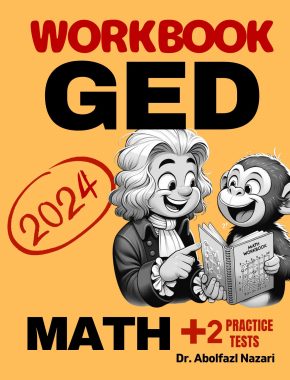
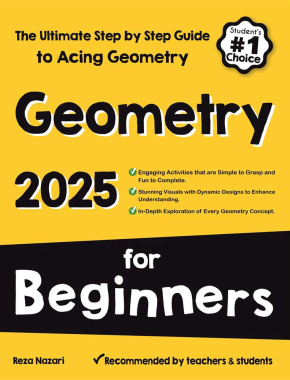
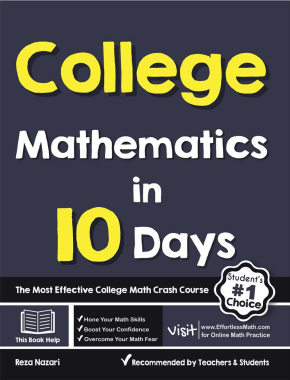
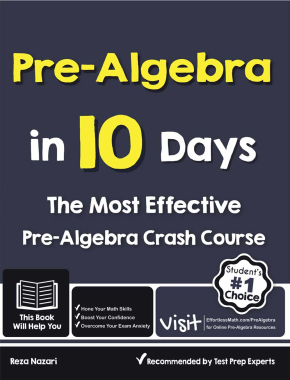
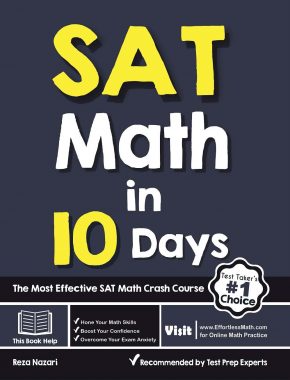
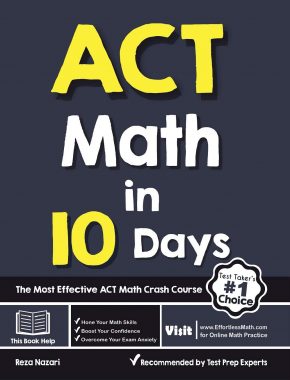
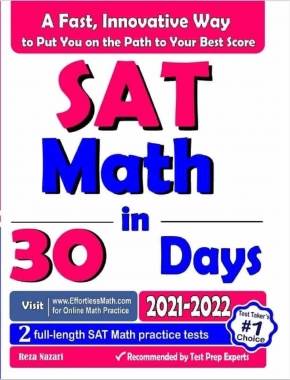
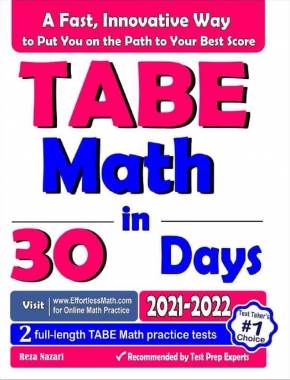
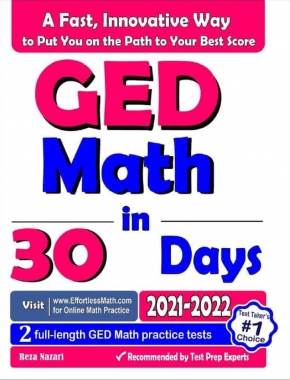
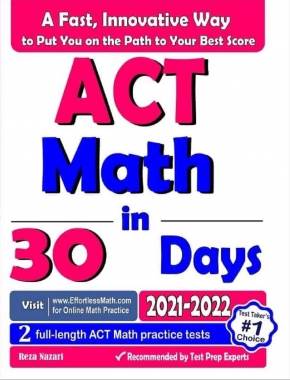
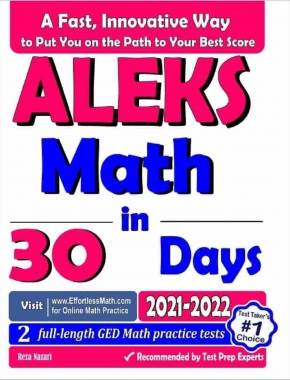
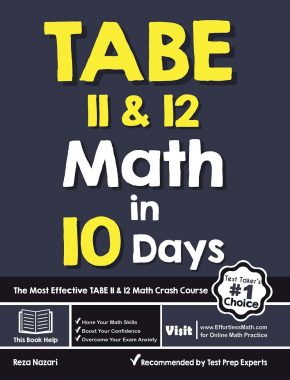
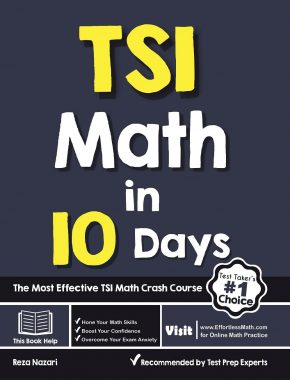
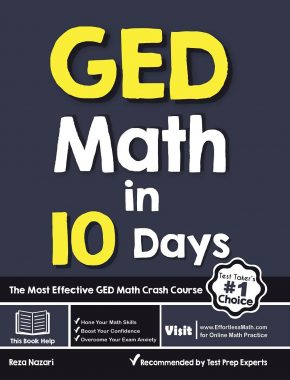
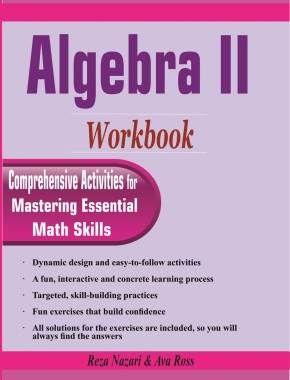
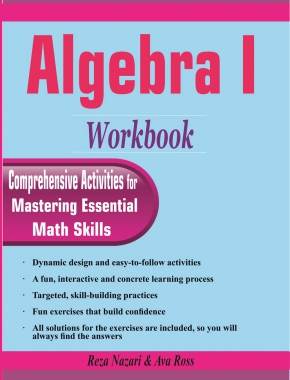
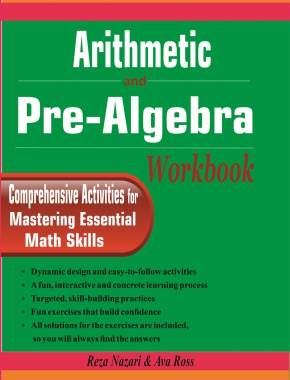

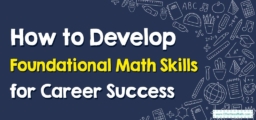
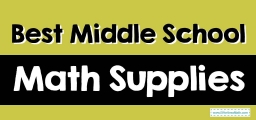
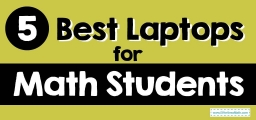
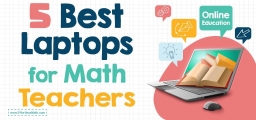
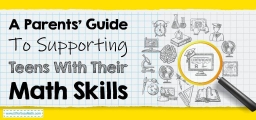

What people say about "Students Effective Use of Math Skills in Other Academic Disciplines - Effortless Math: We Help Students Learn to LOVE Mathematics"?
No one replied yet.